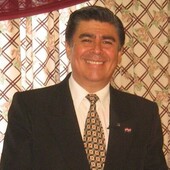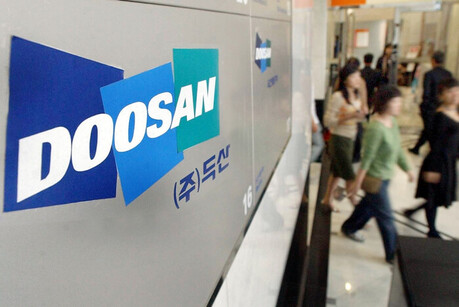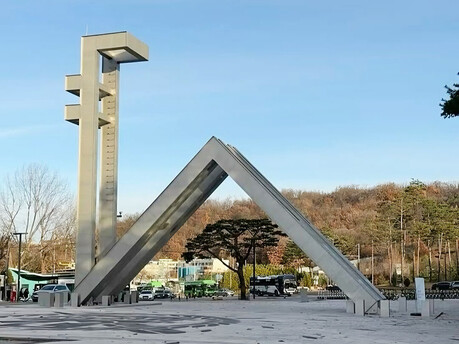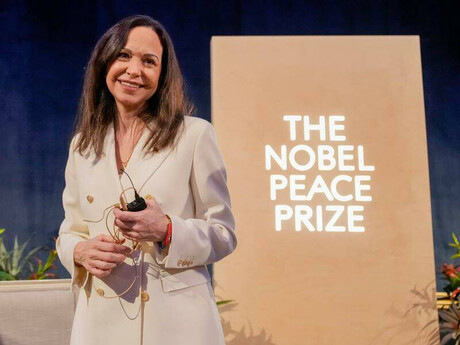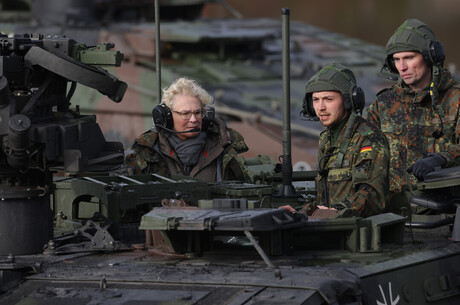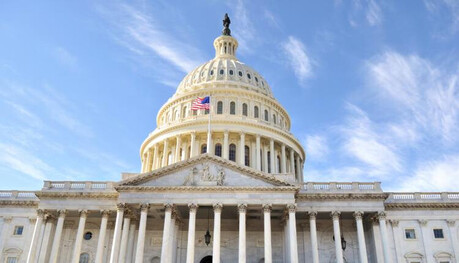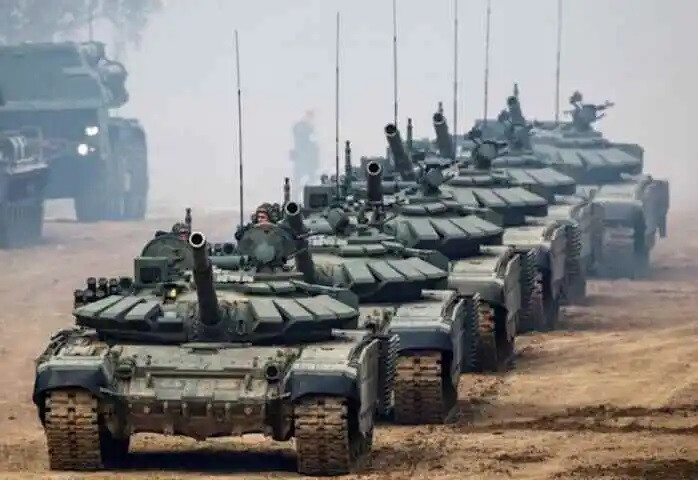
Thirty years ago, a groundbreaking operation known as Project Sapphire took place in Ust-Kamenogorsk, Kazakhstan. This classified mission, declassified by former US President Bill Clinton in 1994, involved the removal of 600 kilograms of highly enriched uranium (HEU) from a vulnerable site.
The HEU, a remnant of the Soviet nuclear program, posed a significant risk of theft. Through US diplomatic efforts, the material was discovered and subsequently transported to the United States, significantly reducing the global threat of nuclear proliferation.
Project Sapphire exemplifies the enduring US-Kazakh strategic partnership in the realm of nuclear security. As the first nation to recognize Kazakhstan's independence in December 1991, the US has prioritized this relationship, focusing on nonproliferation cooperation. The operation fostered deep trust between the two nations and foreshadowed successful future endeavors under the Cooperative Threat Reduction (CTR) program, demonstrating the power of collaboration in addressing global security challenges.
"Project Sapphire serves as a powerful reminder that diplomacy can have tangible results in improving global security," said C.S. Elliott, Assistant Secretary of State for International Security and Nonproliferation. "Through sustained engagement and cooperation, we can make significant progress in preventing nuclear proliferation and securing vulnerable nuclear materials."
Rebecca Husson, the US Director for Defense Threat Reduction, highlighted the interconnectedness of efforts with Kazakhstan, such as training and equipping nuclear security stakeholders and securing the former Semipalatinsk Test Site. "We continue to draw strength from our time-tested relationship to support our shared mission of reducing threats," she said.
The highly enriched uranium was transported via three C-5 aircraft to the Y-12 National Security Complex in Oak Ridge, Tennessee. Under the safeguards of the International Atomic Energy Agency (IAEA), the US Department of Energy’s National Nuclear Security Administration (DOE/NNSA) downblended the material into low-enriched uranium for civilian use.
"Thirty years after Project Sapphire, NNSA continues to provide technical expertise and supportive partnerships to promote regional and global nuclear security, including the elimination of excess weapons-usable material," said Jill Hruby, Under Secretary for Nuclear Security and Administrator for NNSA. "Since the successful completion of this groundbreaking operation, we have worked with Kazakhstan to remove or downblend an additional 210 kilograms of HEU and continue to strengthen our partnership."
The legacy of Project Sapphire inspires continued efforts to foster a safer and more secure world. The United States remains committed to working with Kazakhstan and other partners to strengthen the global nuclear nonproliferation regime. Preventing the spread of nuclear weapons is not only essential for national security but also a shared global responsibility. By working together to reduce this threat, nations can strengthen collective security and build a more stable and prosperous world for all.
[Copyright (c) Global Economic Times. All Rights Reserved.]















